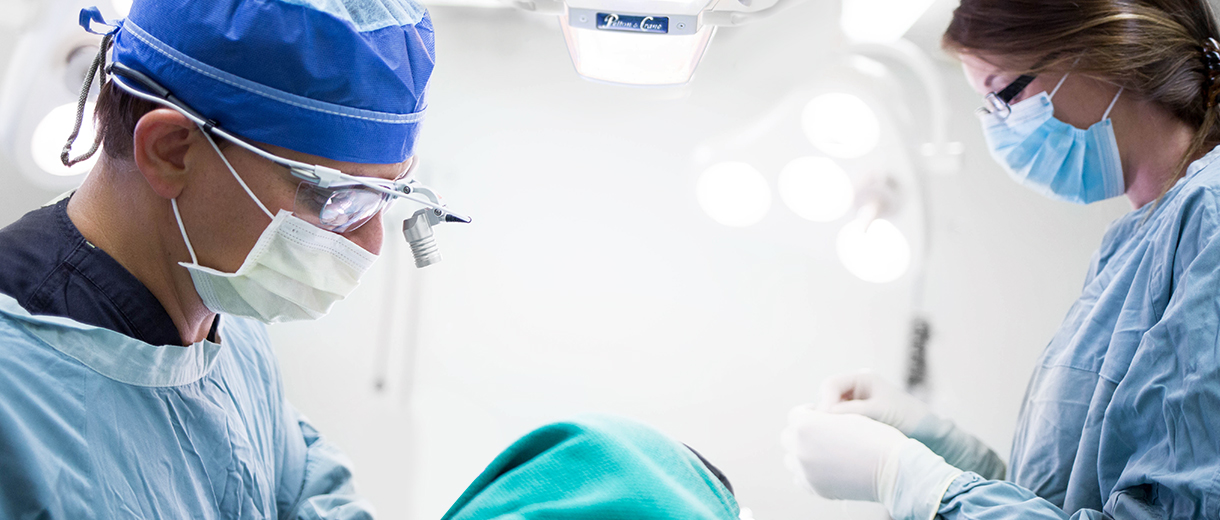Bone
Grafting
Dental implants are the only permanent solution to tooth loss and are the preferred method for tooth replacement. For most patients, dental implants are a quick, easy, and relatively pain-free way to replace broken or missing teeth or secure a denture or bridge permanently.
However, due to atrophy associated with missing teeth, previous tooth extractions, gum disease, or jawbone injury, the bone structure for many patients is either too thin or too soft for the
placement of implants. For those patients, bone grafting provides a solution.
Not only are bone grafts a safe and effective way to provide jawbone stability and structure for dental implants, they offer a viable solution to patients who wish to leave their dentures behind in favor of better function, strength, and the appearance of natural teeth.


What are bone grafts?
Bone grafting is a common technique that restores the bone needed for the placement of dental implants. This is done by utilizing bone from donor sites such as the jaw, hip, tibia, or bone from a tissue bank. In some cases, barrier membranes may be used in conjunction with bone grafting to protect the bone and stimulate growth (known as guided bone regeneration, or guided tissue regeneration).
There are three types of bone grafts:
- Major Bone Grafts
- Sinus Lift
- Ridge Expansion
Major Bone Grafts
For more severe cases due to traumatic injuries, surgery, or congenital defects, major bone grafts may be required. Donor sites for major bone grafts typically include the knee, hip, or skull, depending on the quantity and quality of bone required for implants. Once the bone graft has time to strengthen and is stable, dental implants are ready for placement.
Sinus Lift Procedure
Sinus lift, also called sinus augmentation, is a routine procedure used to restore bone of the upper jaw in preparation for dental implants. When upper teeth are removed or lost as a result of decay or other reasons, the remaining bone is often too thin to support implants. Bone loss can also cause the sinuses to expand, leaving less viable bone available to place implants between the sinus and oral cavity.
In the sinus lift procedure, the sinus membrane is “lifted” to make room for new bone placement between the sinuses and the upper jaw. For the sinus lift procedure, donor sites for the bone material include the mouth, hip, or knee. Once the bone graft heals and appropriate bone density is restored, implants can be placed.
Ridge Expansion
In some cases, a patient’s jaw is not wide or high enough to support the insertion of dental implants. Over time, the alveolar ridge bone, which surrounds and supports teeth, can deteriorate after tooth extraction or bone loss due to age or disease. In a ridge expansion procedure, the jaw is mechanically expanded and bone grafts are placed. When the bone graft has matured, dental implants can be placed.
To book an appointment or learn more about our team approach to patient care, please contact us at our Fayetteville office.









